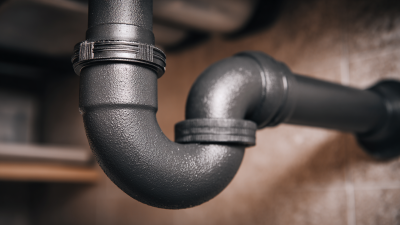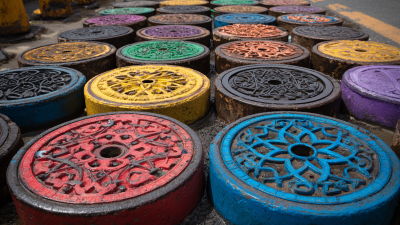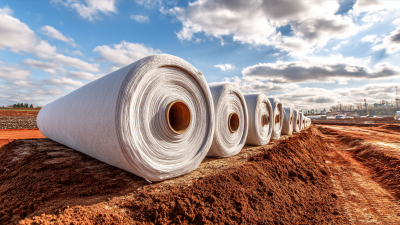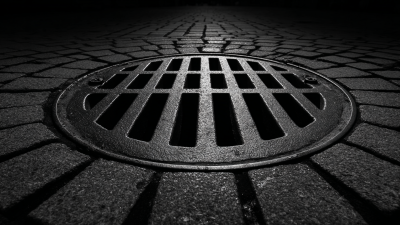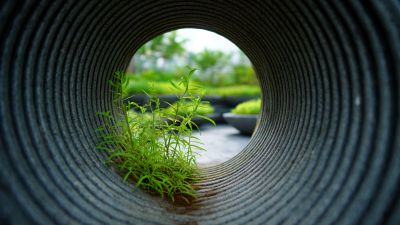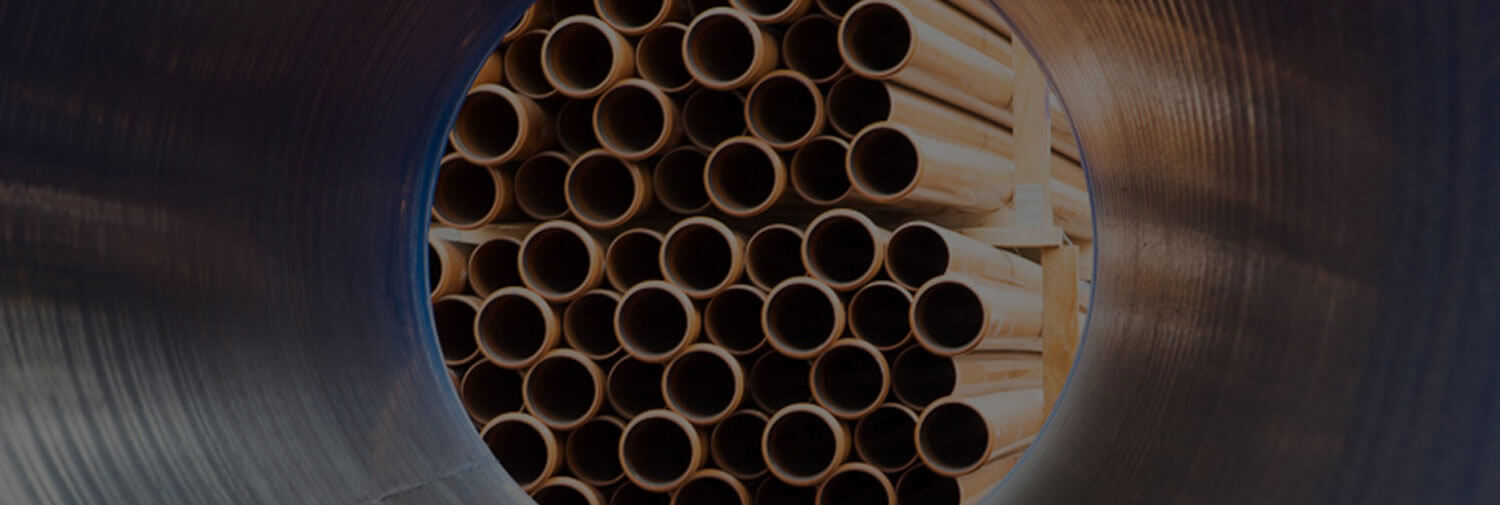

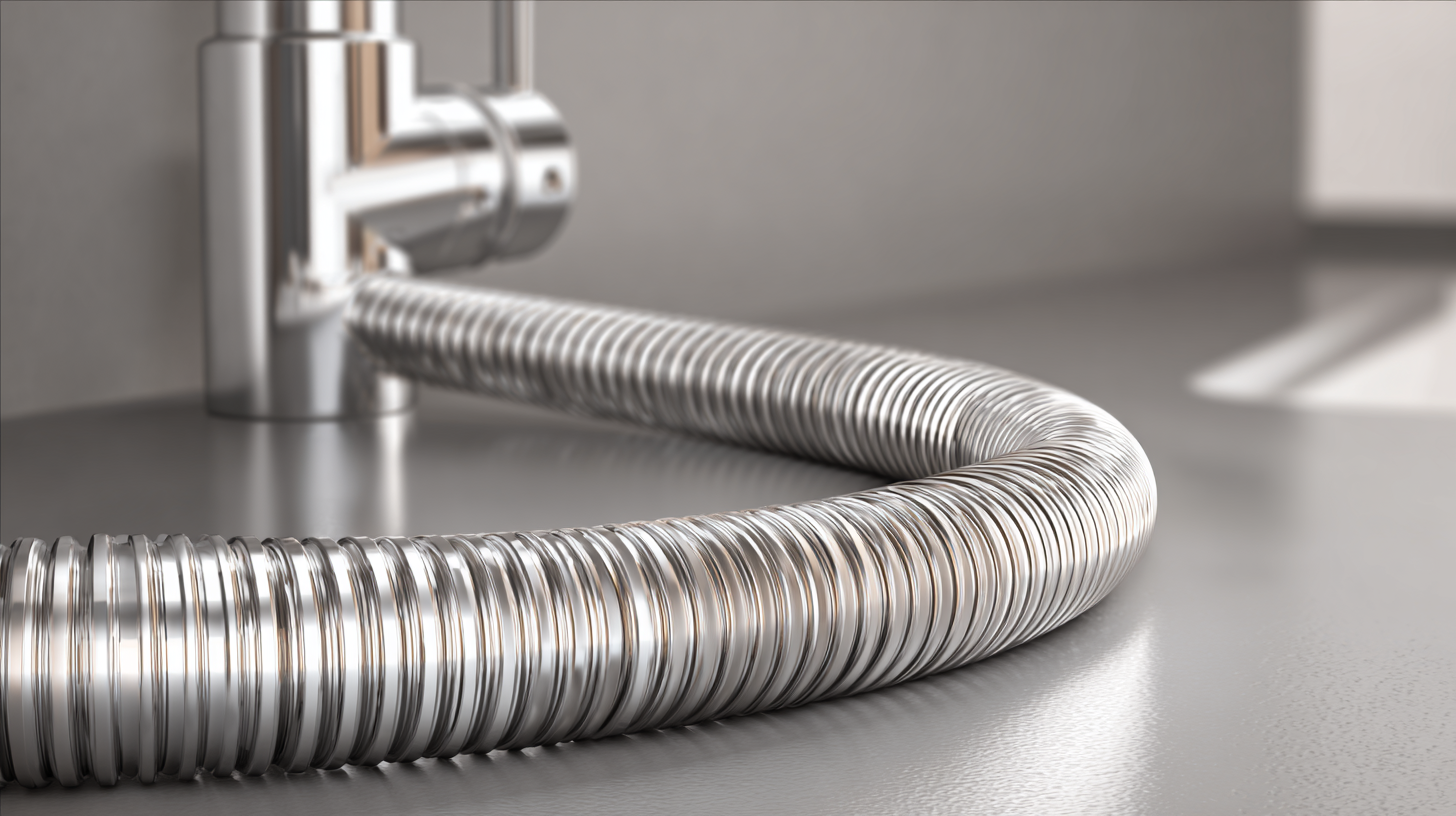 Choosing the right flexible drain pipe for your home is crucial for ensuring optimal drainage solutions, preventing clogs, and maintaining the integrity of your plumbing system. As reported by the Plumbing Manufacturers International, improper drainage systems can lead to significant water damage, costing homeowners an average of $5,000 in repairs. In addition, the rise in DIY home improvement projects has seen a 25% increase in the demand for flexible drain pipes over the past few years, highlighting their versatility and ease of installation.
Choosing the right flexible drain pipe for your home is crucial for ensuring optimal drainage solutions, preventing clogs, and maintaining the integrity of your plumbing system. As reported by the Plumbing Manufacturers International, improper drainage systems can lead to significant water damage, costing homeowners an average of $5,000 in repairs. In addition, the rise in DIY home improvement projects has seen a 25% increase in the demand for flexible drain pipes over the past few years, highlighting their versatility and ease of installation.
Understanding the various types of flexible drain pipes available—such as PVC, corrugated, and rubber—enables homeowners to make informed decisions tailored to their specific drainage needs. This comprehensive guide aims to equip you with the knowledge necessary to select the best flexible drain pipe for your home, ensuring long-lasting performance and reliability.
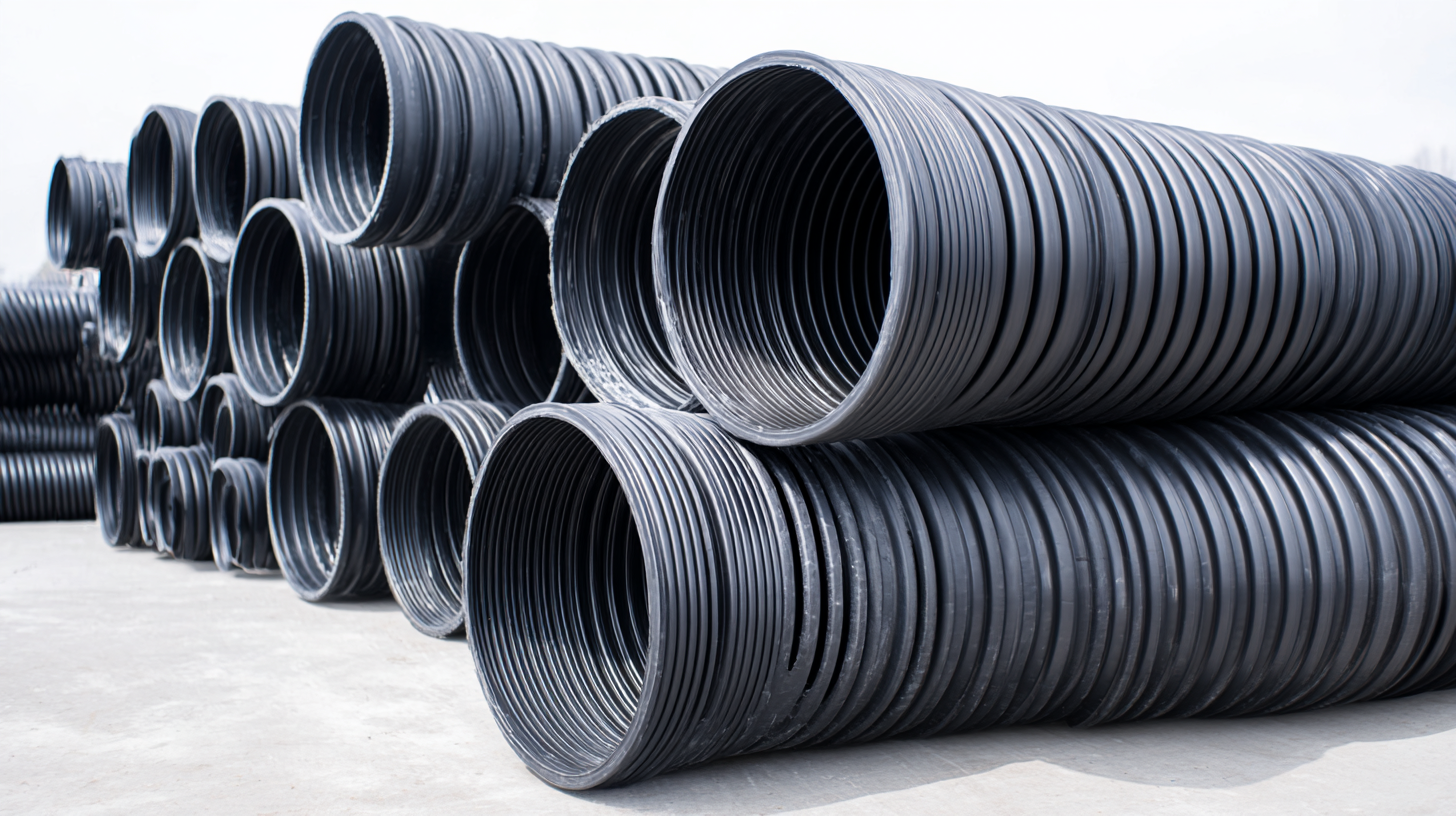 When selecting a flexible drain pipe for your home, it is crucial to first assess your specific drainage needs. Begin by evaluating the areas of your property that experience the most water flow, such as basements, patios, or gardens. Understanding the volume of water that needs to be drained will help you determine the diameter and length of the flexible pipe necessary for efficient water removal. Additionally, consider whether your drainage system requires gravity flow or if it will be assisted by a pump, as this affects the type of pipe material and configuration you might need.
When selecting a flexible drain pipe for your home, it is crucial to first assess your specific drainage needs. Begin by evaluating the areas of your property that experience the most water flow, such as basements, patios, or gardens. Understanding the volume of water that needs to be drained will help you determine the diameter and length of the flexible pipe necessary for efficient water removal. Additionally, consider whether your drainage system requires gravity flow or if it will be assisted by a pump, as this affects the type of pipe material and configuration you might need.
Next, take into account the environment in which the flexible drain pipe will be installed. Factors such as soil type, climate conditions, and potential obstacles (like tree roots or existing structures) can impact the performance of your drainage system. For instance, heavy rainfall may require more robust drainage solutions, while a drier climate might allow for simpler drainage options. By evaluating these aspects carefully, you can make a more informed decision, ensuring that you choose a flexible drain pipe that meets your home's unique drainage requirements effectively.
When it comes to selecting the best materials for flexible drain pipes, understanding their composition and durability is paramount. Common materials include PVC, polyethylene, and corrugated polypropylene. According to a report by the American Society of Civil Engineers, PVC pipes are known for their longevity, with some installations exceeding 100 years, making them a popular choice for residential drainage systems. Additionally, their resistance to corrosion and ease of installation further elevate their appeal.
On the other hand, polyethylene pipes are favored for their flexibility and resistance to environmental stress cracking, making them suitable for subterranean applications. A study published in the Journal of Environmental Engineering highlights that polyethylene can withstand extreme temperatures and resistant to chemicals, ensuring performance in varying conditions. Corrugated polypropylene offers a balance of strength and lightweight characteristics, with the latest market trends indicating growing usage in both residential and commercial drainage systems due to its cost-effectiveness and efficient flow performance. Knowing these material properties enables homeowners to make informed choices for effective and lasting drainage solutions.
When it comes to choosing flexible drain pipes for your home, accurately measuring the required length is crucial for effective drainage. First, begin by assessing the areas where the pipes will be installed. Measure the distance from the source of wastewater, like sinks or bathtubs, to the point of disposal, such as your main drainage system. Be sure to account for any bends or turns in your plumbing layout, as these can affect the overall length needed. Utilizing a flexible measuring tape can help you navigate tight spots more easily and ensure precise measurements.
Next, calculate the total length required by summing up all individual segments. Don’t forget to include some extra length for adjustments or potential future repairs. A general rule of thumb is to add about 10% more to your total length for flexibility. This approach not only accommodates unforeseen shifts in your plumbing but also allows for easier installations. With the right measurements in hand, you can confidently select the best flexible drain pipe that meets your home’s specific needs.
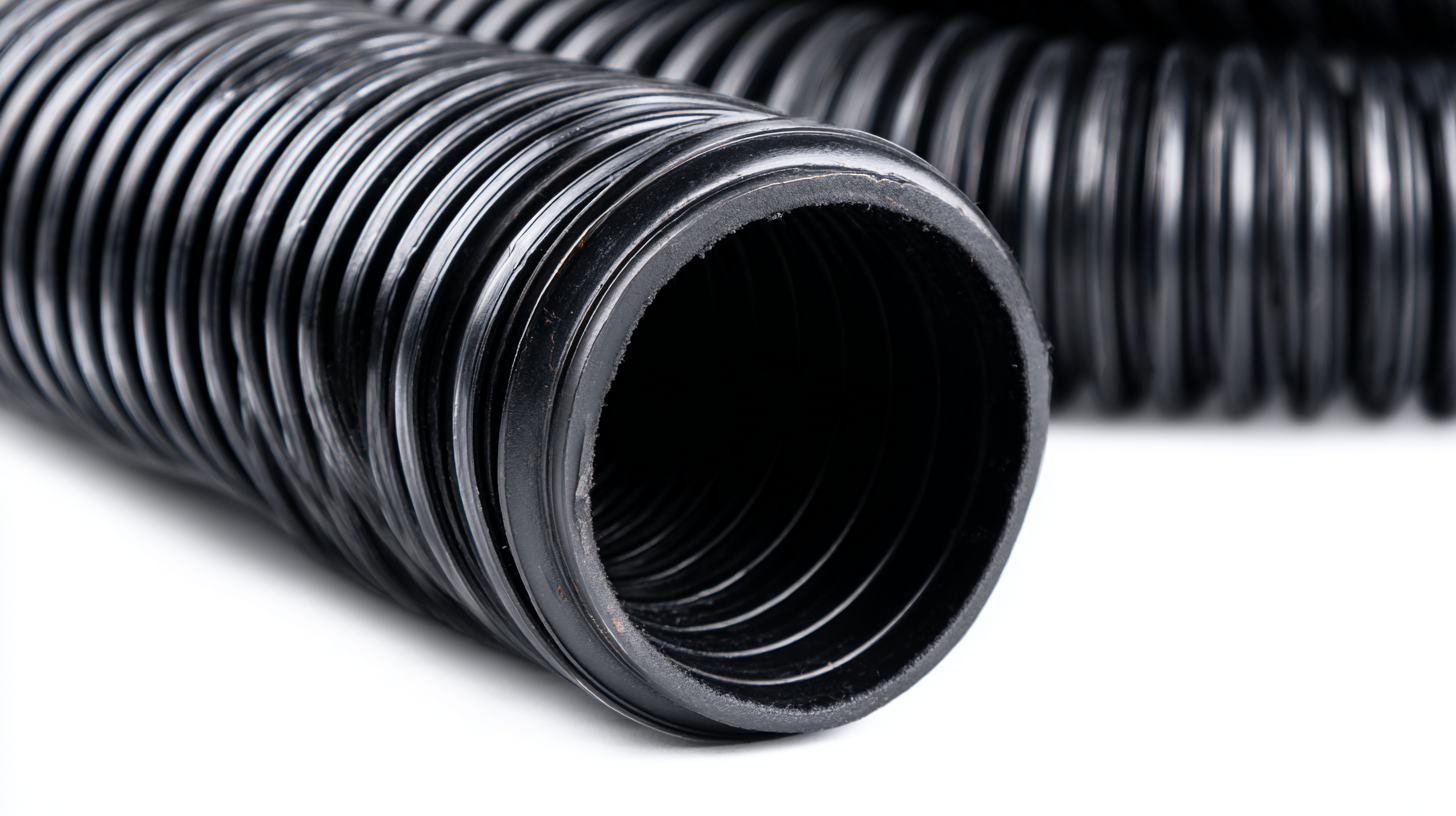
When considering the installation of flexible drain pipes in your home, it's crucial to evaluate the process meticulously to ensure a successful outcome. Begin by assessing your specific drainage needs and the areas where flexibility is essential. Flexible drain pipes are particularly advantageous in tight spaces or complicated layouts, but proper planning is key. Measure the lengths and angles required, and determine the best type of material (PVC, corrugated, etc.) that will suit your environment and resist potential clogs or damage.
Next, familiarize yourself with the installation steps involved. Start by clearing the area where the pipes will be laid to ensure a smooth application. Depending on the type of flexible pipe chosen, the installation process may involve cutting the pipe to the desired length, connecting fittings, and ensuring secure joints to prevent leaks. Proper alignment and sloping of the pipe are vital for optimal drainage flow. Lastly, consider any local plumbing codes and safety measures to ensure compliance. By thoroughly evaluating these aspects, you'll set a solid foundation for a reliable drainage system in your home.
Maintaining and troubleshooting flexible drain pipes is crucial for ensuring their longevity and functionality in your home. Regular inspections should be conducted to identify any signs of wear or damage, such as leaks or cracks. It is essential to clean the pipes periodically to prevent clogs caused by debris or grease accumulation. Using a gentle cleaning solution or a hydro-jetting service can help maintain the flow without damaging the pipe materials.
In addition, choosing the right material for your flexible drain pipes can significantly affect their maintenance needs and overall lifespan. Recent studies indicate that PVC and polyethylene pipes are more environmentally friendly than traditional materials like concrete or iron. These plastic pipe systems not only offer better performance and safety attributes but also require less maintenance over time. By opting for high-quality materials and performing regular upkeep, you can ensure that your flexible drain pipes remain functional and effective for years to come.
| Pipe Material | Diameter (inches) | Length (feet) | Temperature Resistance (°F) | Price ($) | Maintenance Tips |
|---|---|---|---|---|---|
| PVC | 2 | 10 | 140 | 15 | Inspect regularly for cracks |
| Flexible Polyethylene | 1.5 | 25 | 120 | 12 | Keep away from sharp objects |
| Rubber | 2.5 | 15 | 160 | 20 | Ensure proper fastening |
| Corrugated Pipe | 3 | 20 | 130 | 25 | Avoid prolonged sunlight exposure |
